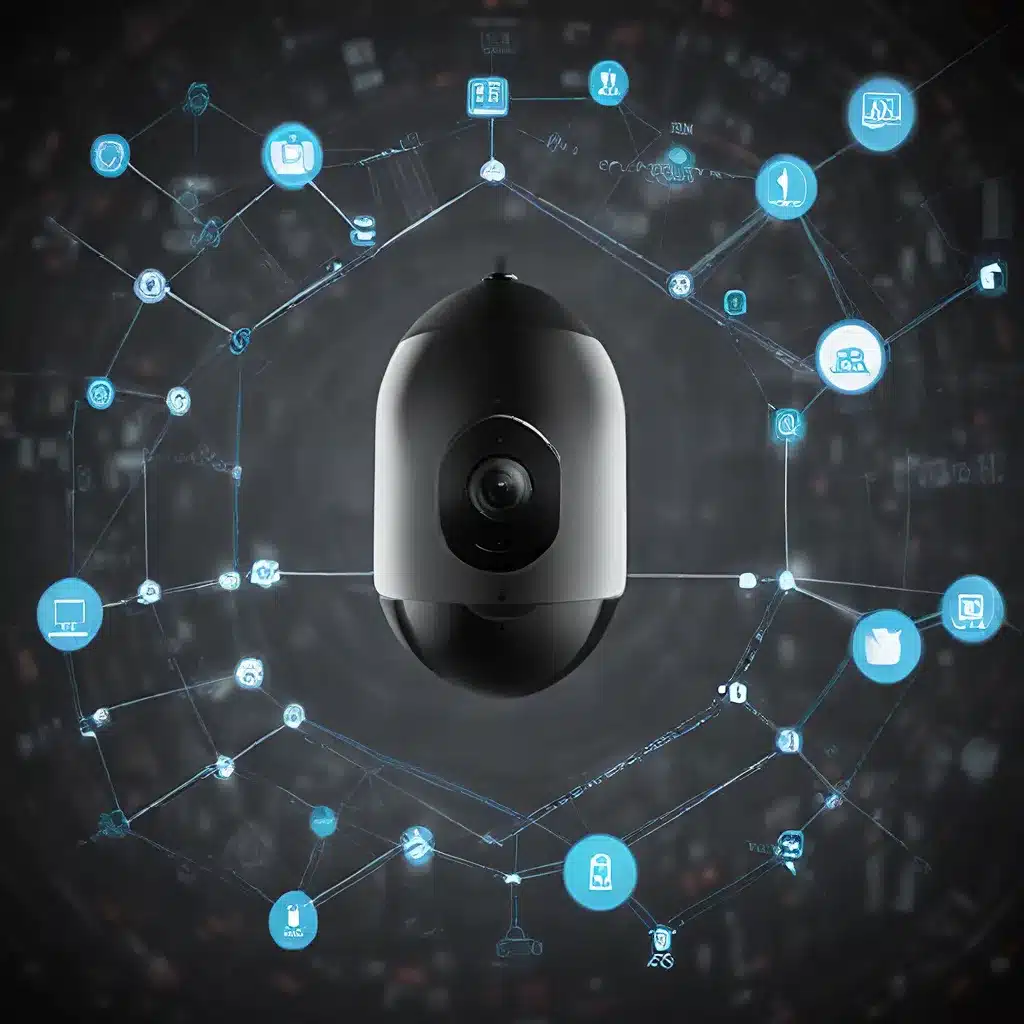
The Rise of the Internet of Things (IoT)
The Internet of Things (IoT) has revolutionized the way we interact with our surroundings, ushering in a new era of smart, interconnected devices that have the potential to transform industries, cities, and our daily lives. At the heart of this transformative technology are sensor networks – intricate webs of intelligent sensors and devices that collect, transmit, and analyze vast amounts of data, enabling a wide range of innovative applications.
From smart homes that optimize energy consumption and enhance security, to smart healthcare systems that remotely monitor patient well-being, the impact of IoT-powered sensor networks is undeniable. As the adoption of these technologies continues to grow, so too do the concerns surrounding data privacy and network security.
Navigating the Challenges of IoT Security
The open and interconnected nature of IoT poses significant challenges in ensuring the privacy and security of the data collected and transmitted by sensor networks. Malicious actors are constantly seeking vulnerabilities to exploit, and the sheer volume of devices connected to the Internet has exponentially increased the attack surface.
Security risks in IoT can arise from a variety of sources, including insufficient authentication and authorization mechanisms, insecure software and firmware, and weak transport layer encryption. These vulnerabilities can lead to data breaches, unauthorized access, and even the hijacking of entire sensor networks, with potentially devastating consequences for individuals, businesses, and critical infrastructure.
To address these concerns, IoT developers and researchers are actively working to strengthen the security protocols and architectural frameworks underlying sensor network deployments. Techniques such as end-to-end encryption, secure boot processes, and real-time intrusion detection are being implemented to safeguard the integrity and confidentiality of IoT data.
Balancing Privacy and Innovation
The collection and usage of data by IoT sensor networks raises complex questions about individual privacy and the ethical boundaries of technological advancement. As these devices become increasingly integrated into our daily lives, there is a growing need to establish robust privacy regulations and data governance frameworks that protect the rights of citizens while still enabling the transformative potential of IoT.
Governments and regulatory bodies are taking steps to address these concerns, implementing data protection laws and guidelines that mandate transparency, user consent, and secure data handling practices. However, the challenge lies in striking the right balance between innovation and privacy preservation, as overly restrictive policies could hamper the development and adoption of IoT technologies.
Energy-Efficient and Resilient Sensor Network Designs
In addition to security and privacy considerations, the design of sensor networks must also address the challenges of energy efficiency and network resilience. IoT devices are often deployed in remote or hard-to-access locations, necessitating the development of power-efficient hardware and software solutions that can operate for extended periods without manual intervention.
Techniques such as duty cycling, energy harvesting, and adaptive sampling are being employed to optimize the energy consumption of sensor nodes, while fault-tolerant networking protocols and distributed computing architectures are improving the reliability and availability of IoT systems.
Sensor network technologies are also evolving to support large-scale, heterogeneous deployments, with the integration of edge computing and cloud-based analytics enabling real-time processing and decision-making at the network edge.
The Future of Sensor Networks and IoT
As the Internet of Things continues to grow and mature, the role of sensor networks in shaping the future of technology will become increasingly critical. From smart cities and intelligent transportation systems to precision agriculture and remote healthcare monitoring, the potential applications of these interconnected devices are limitless.
However, the realization of this vision hinges on the ability of IoT developers and researchers to address the pressing issues of security, privacy, energy efficiency, and network scalability. Through ongoing innovation, collaboration, and the establishment of robust governance frameworks, the sensor network ecosystem can unlock the full transformative potential of the IoT, while safeguarding the privacy and security of the data that powers these revolutionary technologies.